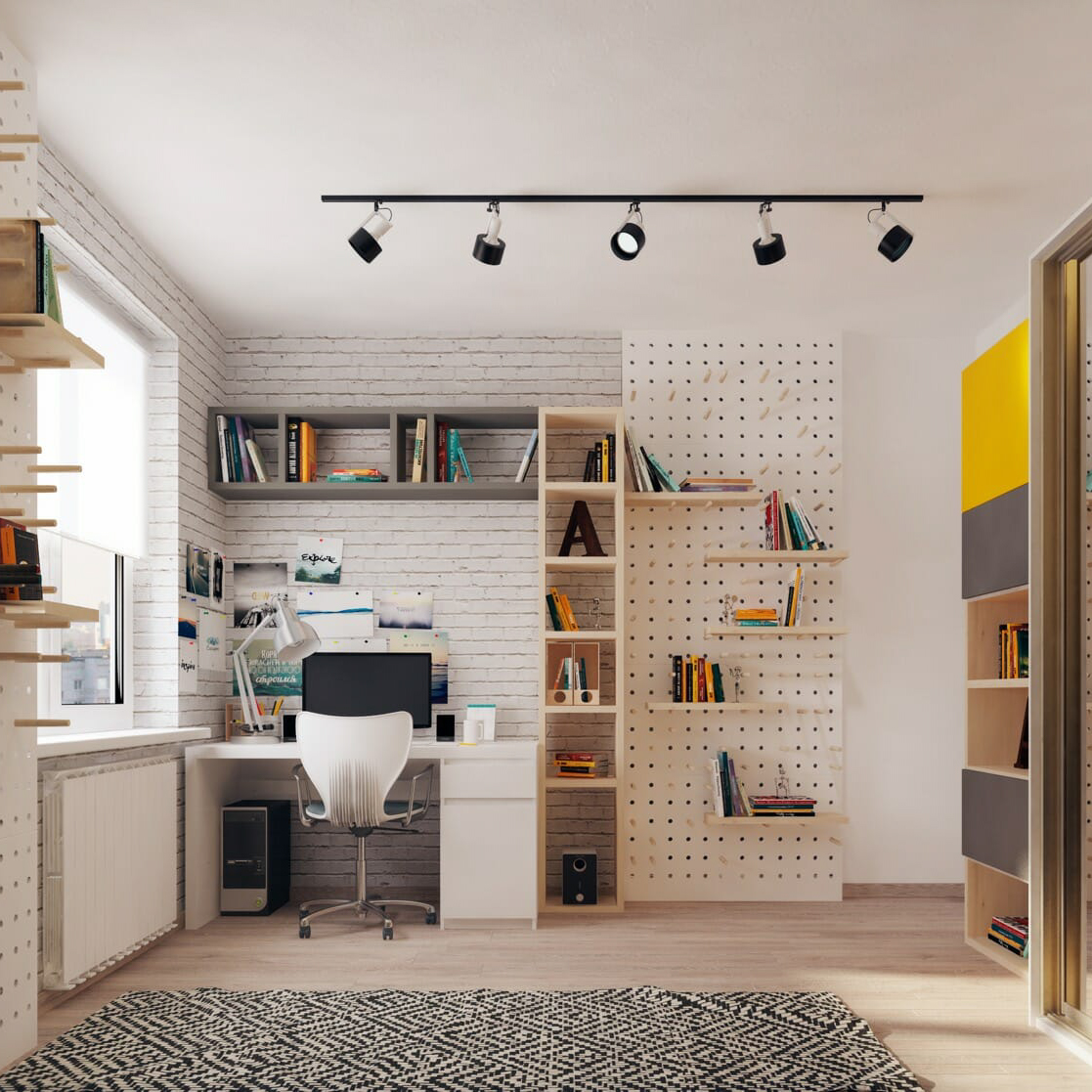Gothic architecture is known for its dramatic and ornate style that emerged in Europe during the Middle Ages. One of the most striking features of gothic architecture is the elaborate and intricately-designed ceiling, especially in churches and cathedrals. The gothic ceiling light is a central fixture that complements the overall design and beauty of the ceiling. In this article, we will explore the history of gothic ceiling lights, different designs, and their significance in gothic architecture.
History of Gothic Ceiling Lights
Gothic architecture emerged in France in the 12th century and spread throughout Europe, becoming the dominant style for several centuries. Gothic ceiling lights were an important fixture in churches and cathedrals as these structures required a lot of light to accentuate the elaborate ceilings. Initially, candles were used to light up these spaces, but as technology progressed, different lighting fixtures were used. In the 19th century, gas lamps became a popular choice, followed by electricity in the 20th century. Gothic ceiling lights were designed to mimic the overall style of the gothic architecture, featuring intricate designs, motifs, and shapes.
Designs of Gothic Ceiling Lights
Gothic ceiling lights are characterized by their elaborate and intricate designs that reflect the gothic architecture. The different designs of gothic ceiling lights include:
- Chandeliers: These are the most common type of gothic ceiling lights, featuring a branched frame with candles or light bulbs. Chandeliers often featured ornate designs with crystals, glass, or metalwork.
- Pendant lighting: These are smaller light fixtures that hang from the ceiling, often in a cluster. Pendant lights were often used in smaller spaces or to highlight a specific area.
- Flush mounts and semi-flush mounts: These ceiling lights are attached directly to the ceiling, providing a more streamlined look. They were often used in spaces with low ceilings or where a chandelier or pendant light was not suitable.
The Significance of Gothic Ceiling Lights
Gothic ceiling lights hold a significant place in gothic architecture as they are not just functional but also serve as decorative elements. Gothic ceiling lights were designed to reflect the religious beliefs of the time, with many featuring religious motifs and symbols. They also helped to create a sense of awe and reverence in the space, reinforcing the spiritual nature of the architecture. Furthermore, the intricate designs of gothic ceiling lights showcased the skill and craftsmanship of the artisans and the wealth and power of the institution that commissioned the space.
Gothic ceiling lights are an important fixture in gothic architecture, reflecting the overall style and beauty of the space. They provide both function and decoration, illuminating the space while creating a sense of awe and reverence. The different designs of gothic ceiling lights highlight the skill and craftsmanship of the artisans and showcase the wealth and power of the institutions that commissioned the spaces. Overall, gothic ceiling lights continue to be a striking feature of gothic architecture and a testament to the enduring beauty of this style.




